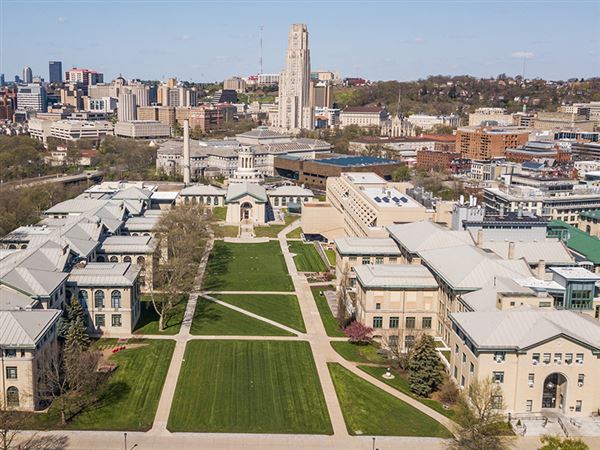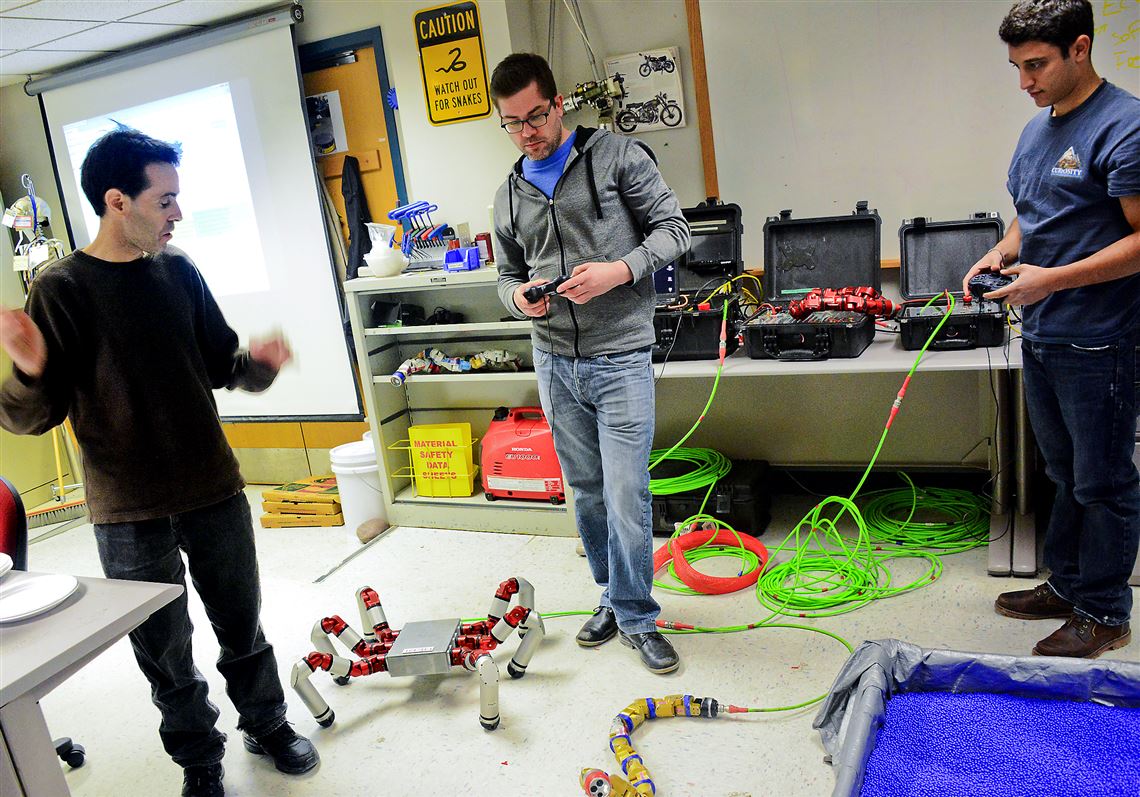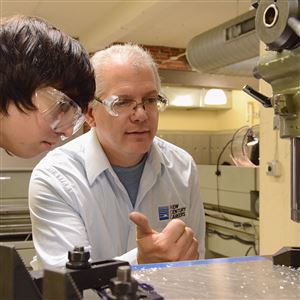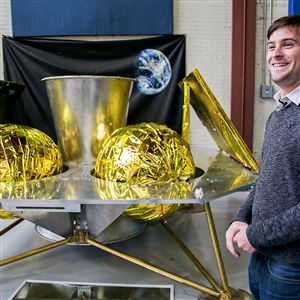The name “Snake Monster” is a bit misleading, but Howie Choset no longer has the power to change it.
“I’m not allowed to name robots anymore,” joked Mr. Choset, 46, a robotics professor at Carnegie Mellon University. “I kept giving them names like Peanut and Shmookie.”
So now the Snake Monster that looks more like a six-legged spider lives in Mr. Choset’s lab, its name derived from the modular “snake robot” technology that gives the robot its legs.
Modular robots allow roboticists to rapidly reconfigure their creations. Having a framework of customizable parts in place allows scientists to add or change the robots’ capabilities without having to design an entirely new robot.
The advance means roboticists working with modules can focus on high-level innovation. They no longer have to figure out how to make a robot function at its most basic level in addition to programming it with new capabilities, sharply reducing the timeline for developing a robot.
Snake Monster, for instance, was built in six months and programmed in only one week, said Mr. Choset. Some roboticists can spend four years developing a robot while working toward their doctorates.
At the heart of the achievement are snake robots: small, segmented robots comprised of interconnected modules. They can climb up legs or trees, explore pipes and crawl over a wide range of terrain.
Their practical usefulness comes from their ability to access places that larger, wheeled robots cannot fit or navigate in, said Matt Travers, a 32-year-old project scientist at CMU.
One snake robot explored caves too unstable for humans to enter in Egypt shortly before that country’s revolution, said Mr. Travers, who lives in Shadyside. Others have inspected power plants. Some could assist with search and rescue missions or gather information for the military.
A company called Medrobotics, which Mr. Choset helped found, has commercialized the technology for use in the medical field. Snake robots have been used in minimally invasive surgeries in Europe, where they help surgeons see otherwise hard-to-access parts of the body.
“These [snake robots] can be used now. It’s a matter of finding people who want them,” said Mr. Choset, who lives in O’Hara.
Snake Monster’s scientific ramifications lie in the way it moves. It senses when forces are applied to it and then works to balance those forces out. The result is a robot that will walk when pushed or pulled, following behind its tether like a reluctant dog.
It can adjust its gait based on what it senses. Its deliberately imprecise way of walking allows it to pick its way through rocky terrain or rubble.
Mr. Choset’s team will demonstrate Snake Monster’s capabilities in Pomona, Calif., at the finals of the Defense Advanced Research Projects Agency (DARPA) Robotics Challenge in June.
Mr. Travers believes Snake Monster’s abilities could be expanded upon. A future robot could be “able to sense forces and quite literally feel its way through unknown environments,” he said.
Snake Monster’s future is full of possibilities. It could be reconfigured to have wheels or climb rocks. Its actuators could be used in a bipedal, humanoid robot, said Simon Kalouche of Shadyside, 23, a master’s student in Robotics at CMU.
It could even have a name that makes sense.
Laura Byko: lbyko@post-gazette.com
First Published: January 20, 2015, 5:00 a.m.





















